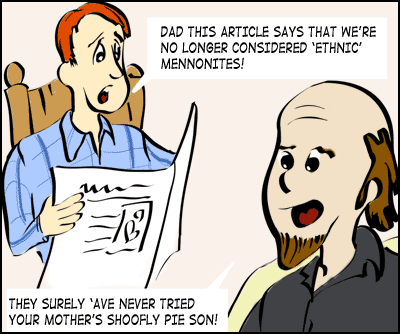Kill the Indian, Save the Man
As it happens, I didn’t manage to keep writing throughout the week at San Jose. For that, I am sorry. I do want to share one little bit I found interesting during one of the presentations at the conference. One of the items that the delegate body voted on was a resolution (pdf) in support of bill in the US Congress to “acknowledge a long history of official depredations and ill-conceived policies by the United States government regarding Indian tribes and offer an apology to all Native Peoples on behalf of the United States.” Part of the presentation before this vote included some words from Steve Cheramie Risingsun, a Chitimacha Indian who leads Native Mennonite congregations in Louisiana and Alabama. You can read more about it at the Mennonite Weekly Review article.
The thing that I found particularly interesting about this was a comment made by Risingsun. He was talking about the various ways white colonizers mistreated Native Americans, tried to take away their culture, and were generally pretty nasty. He said that there was a phrase that was often used by these white folks: “Kill the Indian, Save the Man.”
July 27, 2007 Bias, Church, History, Indigenous, LGBTQ, Race Read more >
